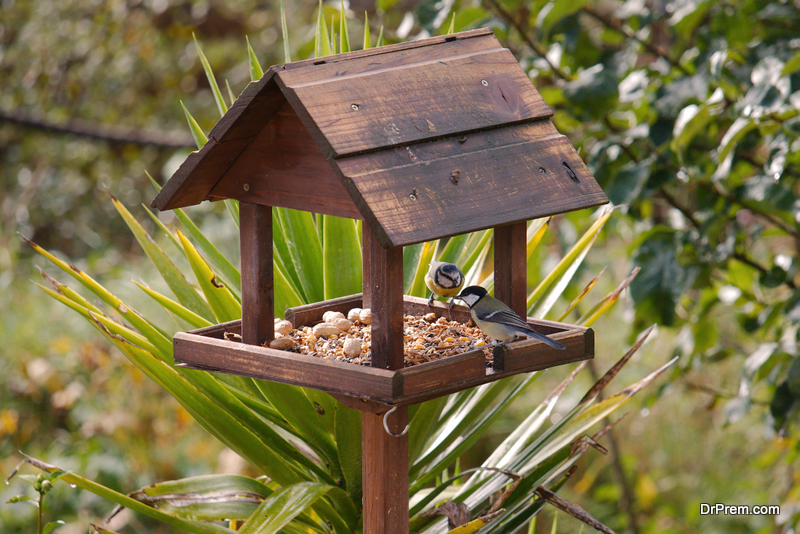Having your garden be a wonderful haven for different animals and wildlife creatures is precisely the kind of thing that we all strive for. Being able to look out at the plants in your garden and see a suite of healthy, happy wildlife creatures is not only the kind of thing that brings a lot of joy to your soul, but it’s the kind of thing that directly helps your neighborhood.
At the end of the day, if the native wildlife has a foothold of strong biodiversity in your garden, then it will be able to have a range of different tendrils reaching out to local gardens. Allowing hedgehogs from your garden, for example, to roam freely will allow them to introduce biodiversity to other local gardens – that’s ideal.
In this article by https://awesomewildlifeco.co.uk/, we’re going to run through some great ways that you can help your garden to be the wildlife haven that you know it could be. Without further ado, let’s get to it!
1. Plant Native Plants
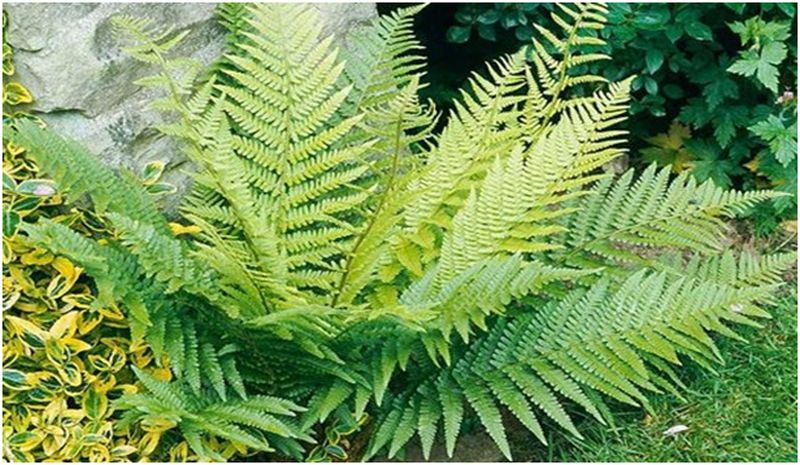
One of the best ways to help out the native species around you is to ensure that you start from the ground up. While this might seem a little obvious, consider what we mean there – starting with the most basic level of nature is a great way to help out higher levels with time.
The lowest level of starting to help out nature around you is to plant native plants in your space. This can be a wide variety of flowers and grasses depending upon where you live, but the important thing to remember is that you’re creating a strong and healthy foundation for local wildlife.
A great way to start this off easily is to look up native wildflowers near you. Sites listing collections of different native wildflowers will typically give you some ideas of different seeds that you could pick up. Growing flowers, especially wildflowers, isn’t difficult, especially since a number of wildflowers around the world grow as weeds.
You can also look into picking up a collection of seed bombs. Seed bombs are something simple devised by environmental enthusiasts – wildflower seeds suspended in a water-soluble solid.
Seed bombs are thrown across different pieces of land, from gardens to local green spaces, and when it rains, the seeds settle into the soil. Before long, there’s a thriving native wildflower population.
2. Hedgehog Habitats and Highways
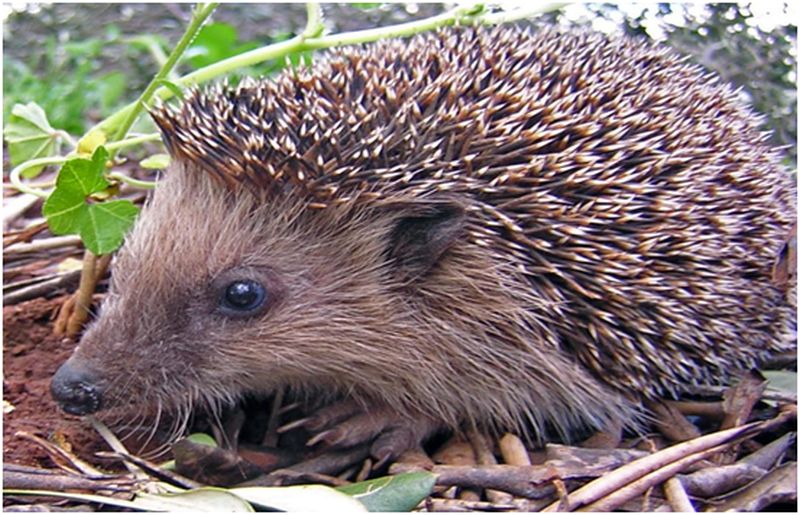
Supporting local wildlife directly is something that we all love to do. Since they’re so cute and their numbers are quite low, hedgehogs often receive an abundance of this goodwill.
The best way to help out a hedgehog is to build a small safe space where they can live in. This won’t require any carpentry, though, as it can actually just involve stacks of wood and logs. When stacked together in such a way that they’re stable and have a few small voids to allow hogs entry, these stacks can make wonderful homes for the small, spiky friends.
If gathering and stacking logs don’t sound like your cup of tea, you could try seeking out a hedgehog house from a local store. Hedgehog houses are typically quite similar to guinea pig or rabbit enclosures, though typically with smaller entrances and exits and no real windows.
These houses are then situated out there in your garden, where a hog will be able to take up residence. The strong structure and roof allow the space to remain dry and safe for the hog, which can be truly ideal for them.
3. Long Grass
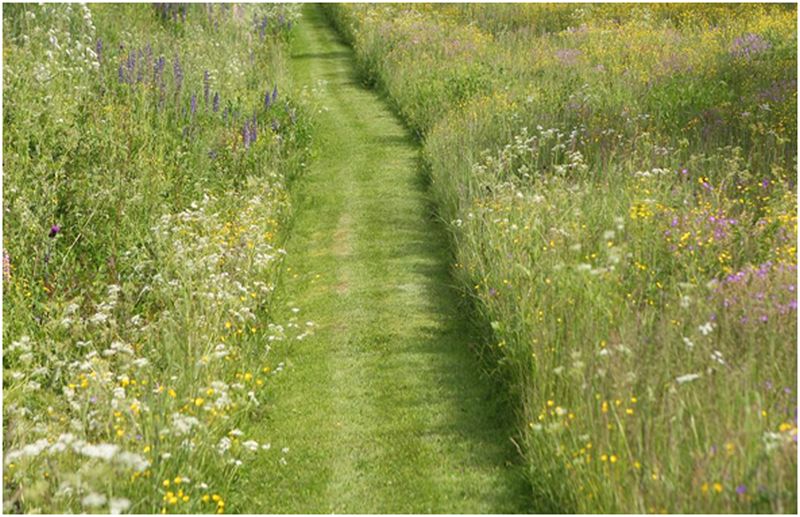
Something to always bear in mind with nature is that it is incredibly, impossibly old. This means that, long before humans were a part of the world with houses and gardens, nature took care of itself. Out there beyond cities, it still happily does, creating lush parks packed with wildlife.
To that end, we’d ask you to consider not cutting your grass, at least for a short while. Doing this will allow small mammals and other local wildlife to have a few spots where they can hide within your garden without fear of being squashed by human interaction.
The most valuable thing about long grass is that it allows small mammals like hedgehogs or field mice to seek some cover from their predators, who are typically airborne. Hedgehogs will naturally seek cover from above, and this can be seen with hogs in your garden – they’ll stay underneath and near shrubbery whenever possible. Aid their mobility around your garden by allowing your grass to be several times taller than they are: this will give them a wonderfully safe spot to live.
4. Look out for local birds
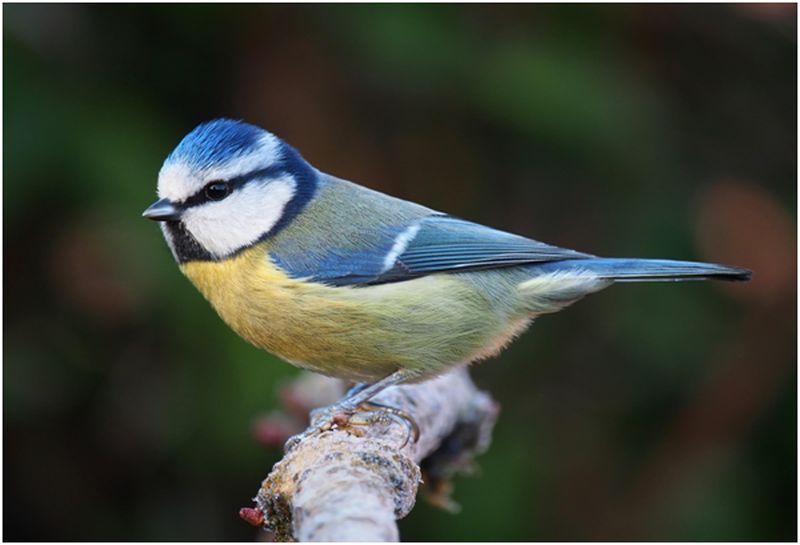
Keeping an eye on local birds is the first way to figure out how to take care of them. The easiest way to find out which birds are local to you is to look into your neighbor’s garden or simply to speak with them if you think they might have a number of bird feeders.
If your neighbors aren’t into birds in the same way that you are, we’d recommend waiting for the spring and seeing which birds are looking for a spot to roost in your neighborhood. It’s common to see Starlings roosting around that time in the UK, though you’re liable to see a whole range of different birds in your neighborhood.
After you’ve been able to identify a few species that live in your neighborhood, you can go and seek out food that’s a little more ideal for them. For example, larger birds tend to prefer high-protein food – crows and ravens love to eat insects. Smaller birds like robins tend to prefer seeds.
Typically, even supermarkets will offer a few different types of bird food, allowing you to find the correct option. These bags will typically state on the label which types of birds they’re likely to attract, so spend a little time in the supermarket discerning which option is right for you.
To be absolutely sure of what types of birds like your garden, we’d suggest going for an all-rounder bird feed to get started with. Fill a few different types of feeders with it, and note different birds you see coming and having their fill. After a week or two, you’ll have spotted which birds are local to you and likely have noticed an absence of certain different species.
5. Do regular check-ins

This is something that we encourage more as a form of maintenance in your garden than a form of getting things started. In your garden, you’re exceptionally likely to eventually form a small ecosystem, with different insects, birds, and plants benefitting from one another.
We would suggest that every now and then – roughly every three months – take some time to go around your garden and see if any particular populations are struggling. The first sign of this struggle is a plant that’s either utterly decimated or looking a little overgrown. Those plants are indicative of an insect population that’s either out of control or too low to sustain a bird population.
Diagnosing the problem can be tricky, but the most straightforward conclusion you come to is likely the correct one. For example, in a situation where you notice a specific plant being besieged by insects, you could conclude that the bird population isn’t eating very many of them. Therefore, you should adjust the bird food you’re using to contain fewer insects, and the birds will roam to your insect-laden plant in search of their quarry.
Building a haven for native wildlife in your back garden likely isn’t as tricky as you think it is. With a few small steps, you can be sure to help out a whole range of different creatures near you!
Article Submitted By Community Writer


